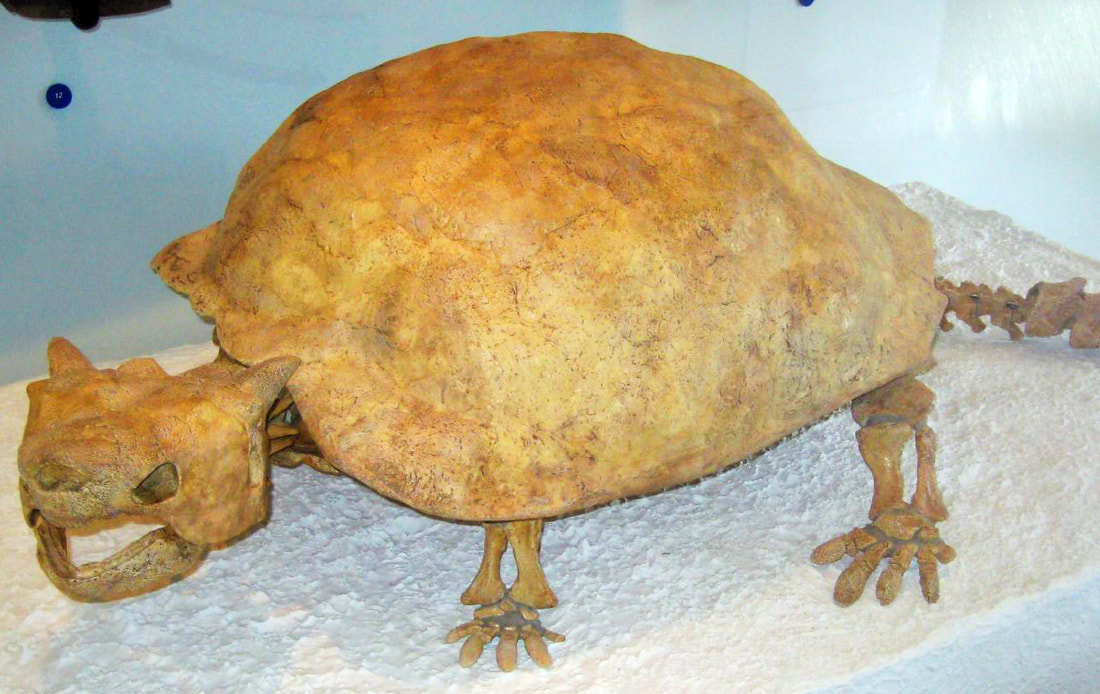| As extinction rates in our world increase at an alarming rate, proper conservation actions require detailed knowledge of the factors influencing extinction. These could be both anthropogenic pressured placed on natural environments, as well as particular species traits which make them especially vulnerable to these pressures. Over the last 50,000 years in which humans have spread across the Earth, there have been waves of mass extinctions of birds and mammals wherever humans colonized. These extinctions were particularly pronounced for large-bodied animals. |
| We set out to examine if a similar pattern could be found for reptiles. In other words, we wanted to know if extinction also favored larger-bodied reptiles. We compiled data on body sizes of all currently known extant species of reptiles, just over 10,000 different species, as well as on 82 species of reptiles known to have gone extinct during the Late Quaternary, following human colonization of their original distribution ranges. By comparing the two groups, extant and extinct, we found that at least for lizards and turtles, extinct species were remarkably large. |
| Prime examples include the largest lizard to have ever lived, the Megalania monitor Varanus priscus, or the various species of giant tortoises on islands in the Indian and Pacific Oceans. By far the clearest pattern, however, is that extinctions mostly occurred on islands. Almost 90% of all extinct reptile species were endemic to islands! |





 RSS Feed
RSS Feed
